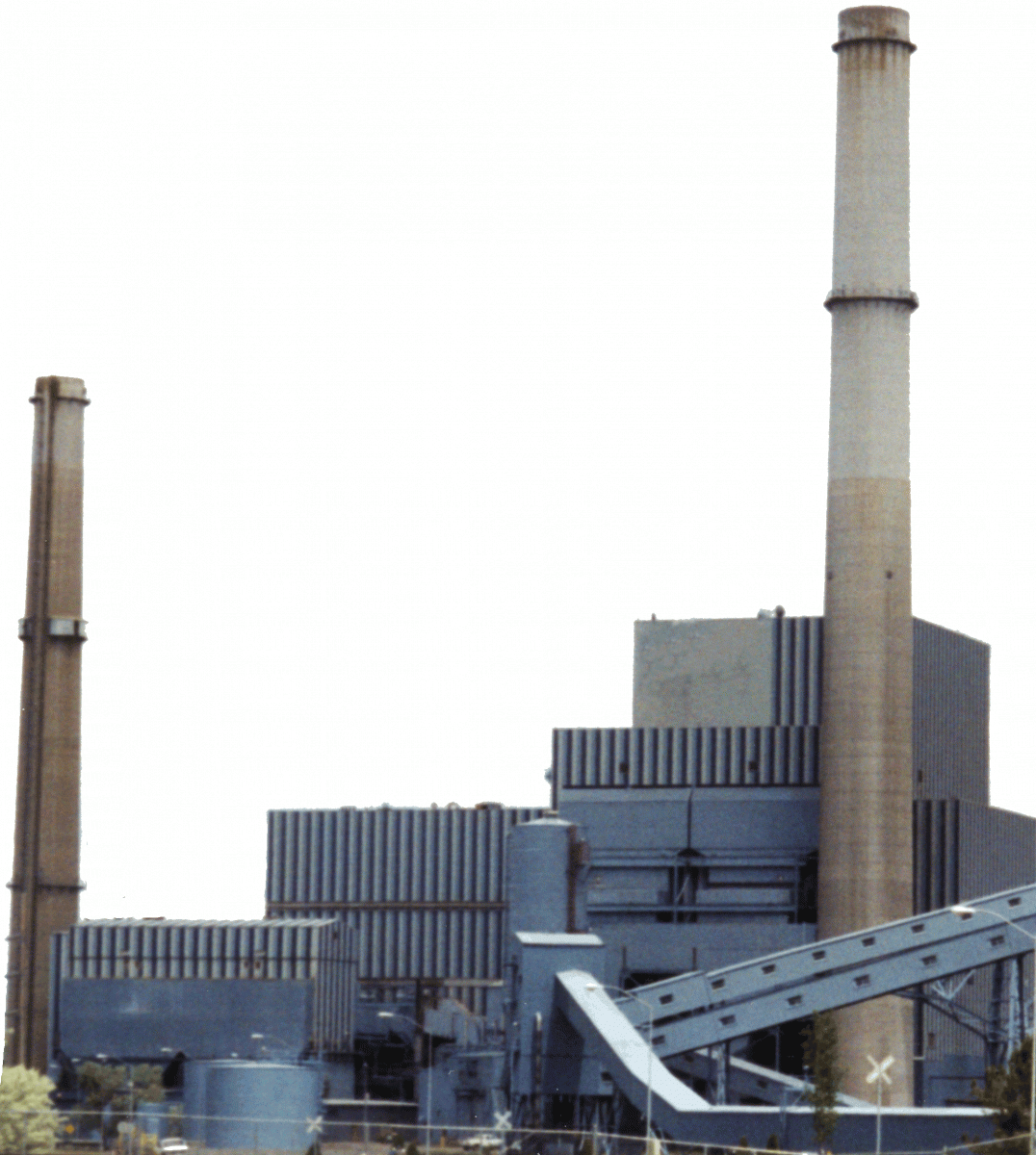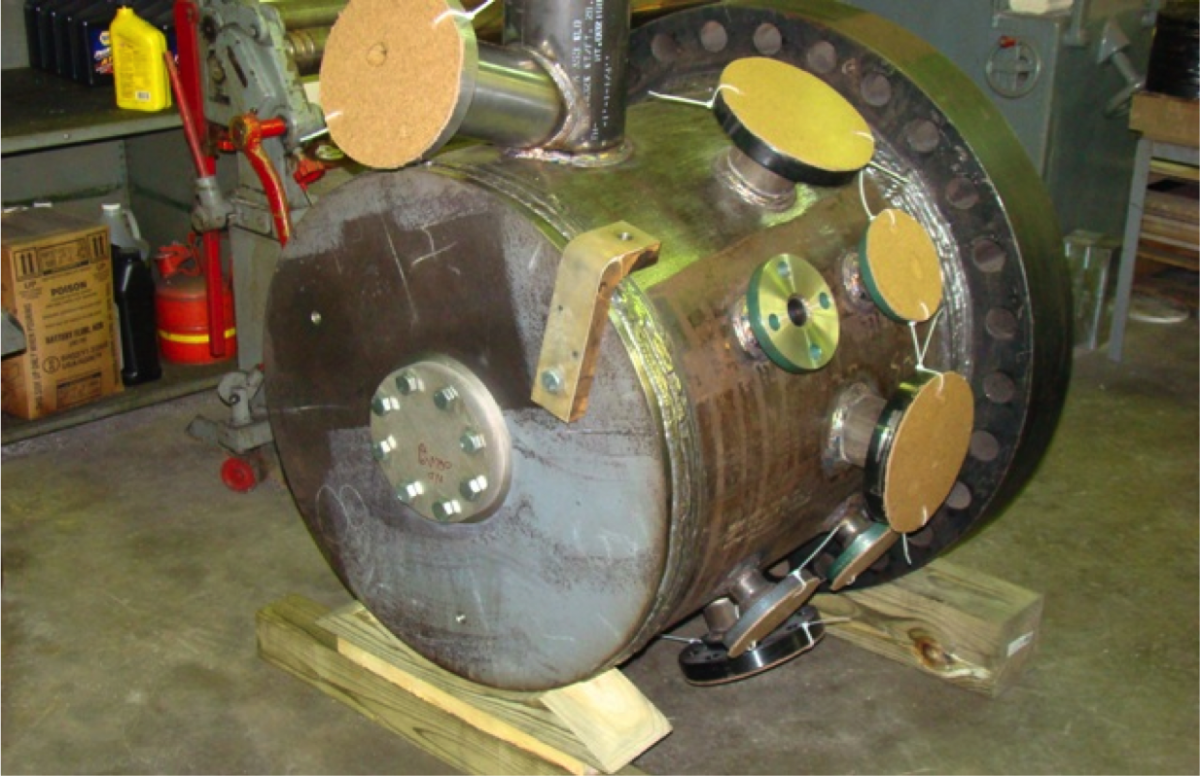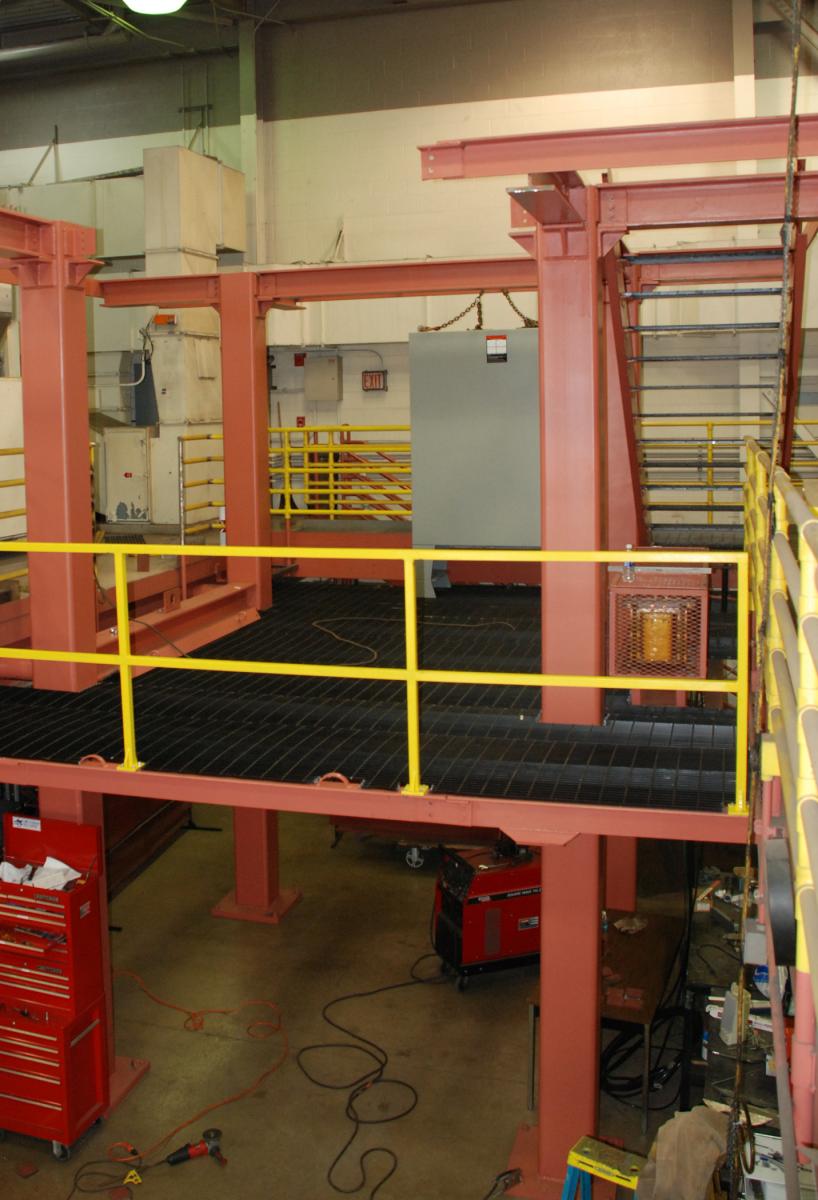 From exploring alternative energy sources to developing new technologies for the production, generation, and utilization of energy, the EMS Energy Institute is involved in almost every aspect of energy research. This section highlights the diversity of some of our ongoing projects.
From exploring alternative energy sources to developing new technologies for the production, generation, and utilization of energy, the EMS Energy Institute is involved in almost every aspect of energy research. This section highlights the diversity of some of our ongoing projects.
This issue highlights projects administered as part of the National Energy Technology Laboratory (NETL) Regional University Alliance. The alliance, which consists of a five-university consortium, was created by NETL, part of the U.S. Department of Energy (DOE), in 2009 to assist in conducting energy and environmental research programs to advance U.S. national, economic, and energy security.
The universities, Carnegie Mellon University, West Virginia University, the University of Pittsburgh, The Pennsylvania State University, and Virginia Tech, are providing a range of research and engineering services to NETL. These institutions have a long history of successful contributions to energy technologies and the energy industry, as well as participation in DOE’s fossil energy research program.
The consortium of universities joined with URS Corp., a major industrial firm, to pursue the awards that follow. The URS-led team is providing personnel, facilities, equipment, materials, supplies, and services to support NETL. URS is also working with NETL’s research staff to provide research and infrastructure support; health, safety, and quality control support; and logistical and technical coordination support.
This alliance combines NETL’s expertise in fossil energy technologies with the universities’ experience and capabilities. Shared laboratory facilities, computational capabilities, personnel, equipment, and other resources are a key part of the program.
Some of the current research teams include advanced gasification, CO2 capture, CO2 storage, fuel cells, and multi-scale and multiphase flow.
Carbon Capture and Storage Research
One of the major sources of CO2 emissions is the combustion of fossil fuels. Fossil fuels provide over 80 percent of the world’s energy and are expected to continue to dominate energy production throughout the century. The CO2 capture and storage teams are working to develop low cost technologies in order to reduce greenhouse gas emissions from power plants. Carbon capture and storage (CCS) is one of the most promising approaches to reducing the world’s greenhouse gas emissions, which is vital to the sustainability of fossil energies. However, existing capture technologies are not cost effective for many power plants, and other large-scale industrial sources of CO2. Other challenges include developing the best possible infrastructure for transporting the CO2 and selecting underground reservoirs that will safely store the gas for centuries.
Exploring new CO2 capture technologies
The conventional flue gas for a coal-fired power plant contains about 10–15 percent CO2 as well as moisture, inert nitrogen gas, and some impurities. Chunshan Song, Distinguished Professor of Fuel Science and the director of the EMS Energy Institute, is the principle investigator on two projects that focus on technologies for capturing and separating the CO2 from those power plant emissions. The goal of one project, A Novel Rapid-cycle Process for CO2 Capture from Flue Gas of Coal-fired Power Plants, is to develop a new rapid-cycle process for fast capture and separation of CO2 from coal-fired power plant flue gas. This process can also be used to remove contaminants, including sulfur dioxide and nitrogen dioxide.
Based on the higher sorption capacity and much faster sorption/desorption rates of new molecular-basket sorbents, it is possible to design a novel capture process based on a rapid-cycle sorption-desorption bed. Penn State researchers have already built a proto-type model of a rapid-cycle sorber where sorption and desorption can take place quickly.
A second project, Next Generation Solid Molecular Basket Sorbents with desired Nano-structure for CO2 Capture from Flue Gas, centers around a new generation of nano-structured molecular basket sorbents (MBS-NS). The new MBS-NS consist of specially designed polymer-core/silica-shell nanostructures, which increases the number of sorption sites for the CO2 and, as a result, increases the CO2 capacity to higher than 20 weight percent. This project’s focus is on developing a molecular basket sorbent that will exploit those increased sorption sites as well as quicken the mass transfer for CO2 sorption and desorption. For comparison, previous molecular basket sorbents were based on conventional mesoporous materials and had a CO2 capacity up to 14 weight percent. A molecular basket sorbent with a higher CO2 capacity will result in more energy-efficient and cost-effective greenhouse gas capture.
CO2 transport and pipeline considerations
Once the CO2 has been removed from the flue gas, it needs to be transported by way of pipelines for storage. Serguei Lvov, professor in the John and Willie Leone Family Department of Energy and Mineral Engineering, is the principle investigator on a project to determine the optimal materials for transport pipelines and how to ensure the longest possible life for those materials. Mark Fedkin, research associate, EMS Energy Institute, is also working on the project, which is part of the Electrochemical Technology Program at the Institute. The project, Electrochemical In-situ Monitoring of Metal Degradation in Carbon Sequestration Processes, is assessing materials and conditions affecting CO2 sequestration transport pipelines in order to limit corrosion and safety hazards. The researchers are examining the fluid composition to determine allowable impurity limits as well as the pipeline material to find the most sustainable choice.
Pure supercritical (or liquid phase) CO2, the primary fluid traveling through the pipelines, is non-corrosive, but impurities, and elevated temperature and pressures can cause fast degradation and failure in metal pipes. Based on previous studies, water will significantly affect the corrosive behavior of supercritical CO2; researchers expect the presence of sulfur compounds and oxygen to further increase corrosion rates. One goal of this project is to determine the maximum impurity content the pipelines can tolerate without damage.
Changing the pipeline material could also impact corrosion rates. The standard material for transport pipelines is carbon steel because of its low cost although several alternative metals and alloys have better corrosion resistance in other applications. For this project researchers will test these materials using conditions specific to CO2 sequestration to determine an ideal combination of fluid composition and pipeline material. This research will aid in the design of carbon capture systems and contribute to the development of government regulation for CO2-capture technology, including pipeline design and composition, time of operation, and safety.
Storage reservoir challenges
Lvov is also the principle investigator on a project related to carbon storage. For this project, Modeling of CO2–Water–Rock Interactions, researchers, including Fedkin, are developing an experimental modeling system to study phase equilibria in CO2– brine–mineral systems, which will result in equilibria diagrams and a better understanding of some of the challenges associated with geologic CO2 storage or the injection of supercritical CO2 into deep geologic formations.
According to the NETL website, there are eleven major types of geologic storage reservoir classes. Brine, or saline water, is present in many of these, as it exists in most sedimentary basins worldwide. Therefore, formations containing brine have very high storage potential.
In this project, researchers are developing an experimental system to conduct measurements to better understand interactions between CO2 and water and the effect of pH on those interactions. The experimental system allows researchers to monitor brine pH so the brine composition can be closely matched to the typical conditions found in U.S. CO2 sequestration reservoirs.
Safe and effective long-term storage for CO2 is required for wide-scale use of carbon capture and sequestration. In addition to identifying best reservoir sites, permanent CO2 storage relies on the presence of seals (often called caprocks), as wellbores and natural faults or fractures can be release pathways for the CO2. A multi-scale multiphase flow team is addressing these storage challenges by developing tools and techniques for predicting the behavior of underground storage sites for CO2 over a variety of scales and timeframes.
Zuleima Karpyn, associate professor of petroleum and natural gas engineering, is the principle investigator on the project Experimental Investigation of Conditions Affecting Wellbore Integrity due to Chemical Reaction using X-ray microCT Imaging.
Once CO2 is injected into a reservoir, chemical reactions can degrade casing, cement, and shale caprock leading to unintended CO2 leakage. For this project, researchers are observing cement degradation using X-ray microCT imaging to characterize conditions affecting wellbore integrity and the potential consequences on long-term CO2 storage. These observations coupled with geochemical reaction and transport models can help to identify the best conditions for preserving geologic and artificial seals exposed to CO2. This information will be useful in the design, implementation, and prediction of storage-site performance.
Fuel Cell Research
An NETL fuel cell team is working to develop highly efficient and environmentally clean power generation from coal using Solid Oxide Fuel Cell (SOFC) technology. The projects focus on developing affordable, robust and active anode and cathode materials thereby improving the efficiency and lifetime of SOFC materials, which are used to convert chemical energy stored in fuel to electrical energy.
Along these lines, Lvov and Fedkin are working on a project, Electrochemical Evaluation of Liquid Metal Anode (LMA) SOFC Performance, to analyze various LMA systems in SOFCs operating under hydrogen and coal. Researchers are using electrochemical impedance spectroscopy (EIS) to explore and analyze the behavior of SOFC electrodes, reaction kinetics, and ionic conductivity in SOFC components during electrical power generation. EIS will also be used to monitor SOFC degradation and understand the degridation mechanism. The goal is to develop electrical circuit models of the LMA SOFC, which will be used to evaluate performance differences associated with operating current, fuel type, and anode composition.
In addition, researchers will evaluate the electrochemical operation and performance of coal-fueled LMA SOFCs in 24 hour and 100+ hour tests to determine how trace compounds in unprocessed fossil fuels influence the SOFC performance and lifespan. Researchers will again use EIS to determine the effects of the contaminated fuels on various SOFC components. Ultimately, researchers will be able to recommend the most promising anode constituent materials and operational conditions.
Advanced Gasification Research

Top section of the EFR.
The scope of the advanced gasification projects is to generate clean power and fuels using domestic resources thereby reduce CO2 emissions. Derek Elsworth, professor in the Department of Energy and Mineral Engineering, has a project investigating the use of coal–biomass mixtures in gasification systems.
The use of a coal and biomass together has the potential to reduce net carbon emissions over pure coal firing because of the inclusion of a carbon-neutral supplementary fuel — biomass. However, to use coal – biomass mixtures in conventional coal-fired plants the granular mixture needs to be continuously-fed into the combustor in a form close to the traditional hard coal form, which requires that the mixture be preprocessed under compactive stress and/or temperature to improve its handling and gasification characteristics.

Construction on a structure to support the EFR at the EMS Energy Institute.
For continuously-fed compaction and gasification systems, the mechanical (fictional strength and rheology) and transport (permeability) properties of the biomass–coal mixture are key variables, but little is understood about the relationships between these characteristics. For this project, The Mechanical and Transport Characteristics of Coal-Biomass Mixtures – Application to Dry-Feed Systems for AIGCC SOW, researchers are evaluating the mechanical and gas transport characteristics of various coal–biomass mixtures under compactive stresses experienced in continuous feed systems currently under development. The goal is to gain an understanding of the high- and ultrahigh-friction regime for particle flow to allow for quick and cost effective development of dense phase particle feed solutions.
Sarma Pisupati, associate professor in the Department of Energy and Mineral Engineering, is leading a second project, Gasification of Coal and Biomass Blends, to derive pyrolysis kinetic parameters for nitrogen and sulfur species (NH3 and H2S) and to study the effect of alkali content in biomass samples during pyrolysis and gasification.
Since inorganic species in biomass samples can vary significantly, researchers are exploring how various low alkali and high alkali biomass components influence gasification kinetics and product distribution during high temperature pyrolysis and char conversion. Researchers will conduct tests in a high pressure, high temperature entrained flow reactor (EFR) currently under construction at the EMS Energy Institute. The goal of this project is to derive fundamental gasification parameters to plug into the MFIX (Multiphase Flow with Interphase eXchanges) formulation.

